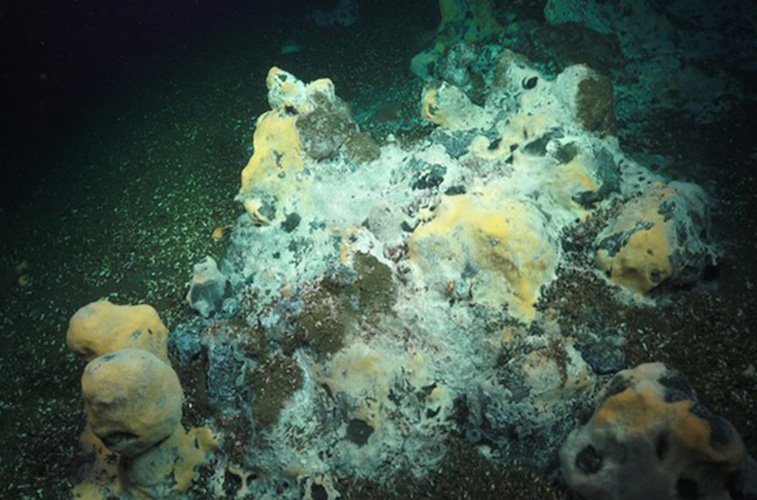Bailey Group - Ocean Bacteria and Carbon

A team led by University of Minnesota researchers has discovered that deep-sea bacteria dissolve carbon-containing rocks, releasing excess carbon into the ocean and atmosphere. The findings will allow scientists to better estimate the amount of carbon dioxide in Earth’s atmosphere, a main driver of global warming.
The study is published in The ISME Journal: Multidisciplinary Journal of Microbial Ecology, a peer-reviewed scientific journal that is part of the Nature family of publications and the official journal of the International Society for Microbial Ecology (ISME).
“If CO2 is being released into the ocean, it’s also being released into the atmosphere, because they’re constantly interchanging gases between them,” explained Dalton Leprich, the first author on the paper and a Ph.D. student in the University of Minnesota’s Department of Earth and Environmental Sciences. “While it’s not as big of an impact as what humans are doing to the environment, it is a flux of CO2 into the atmosphere that we didn’t know about. These numbers should help us home in on that global carbon budget.”